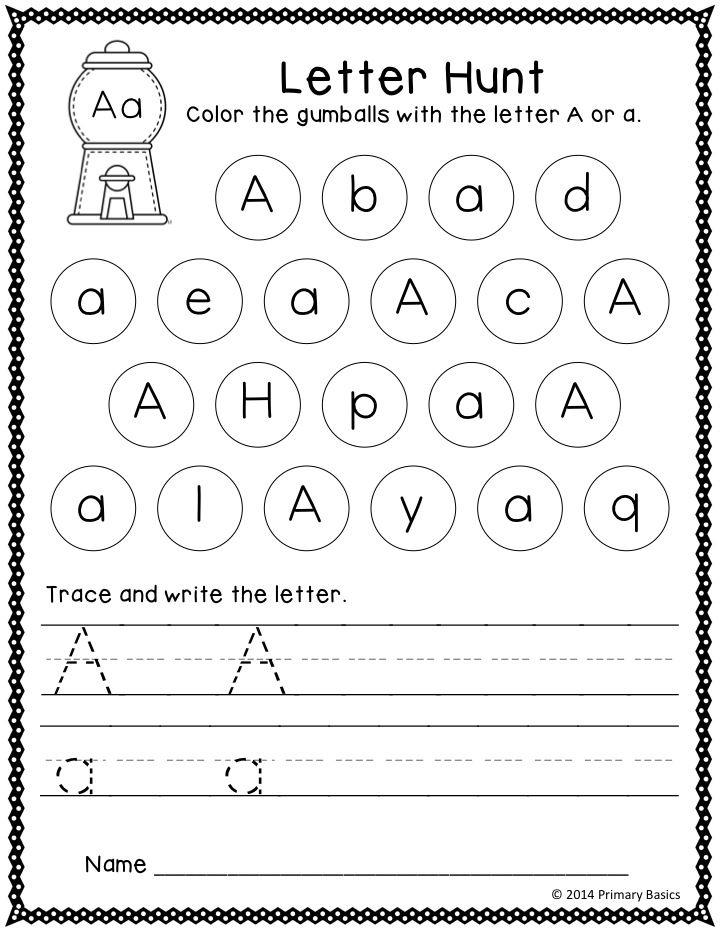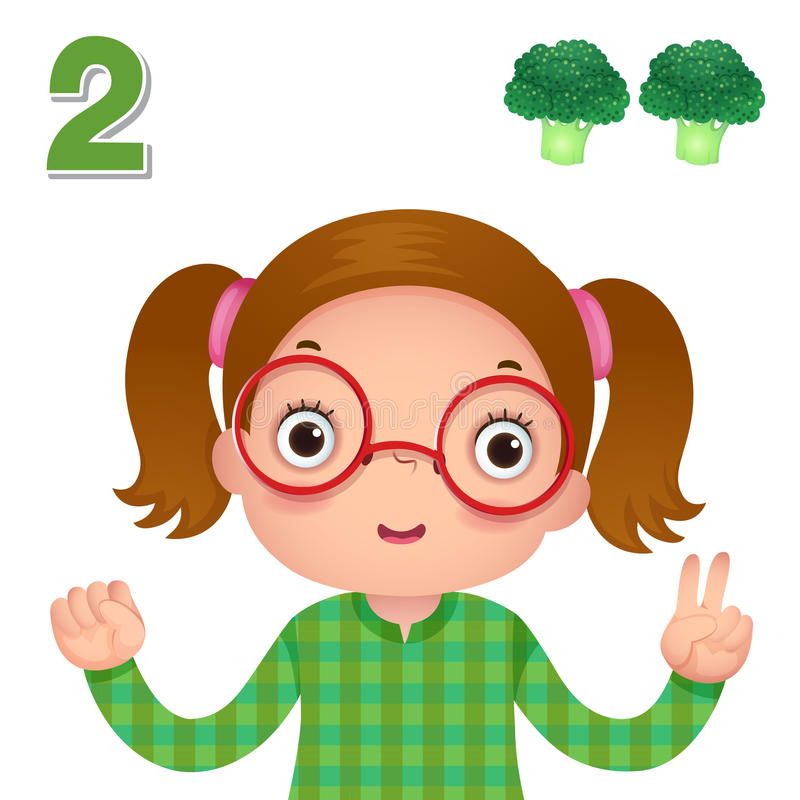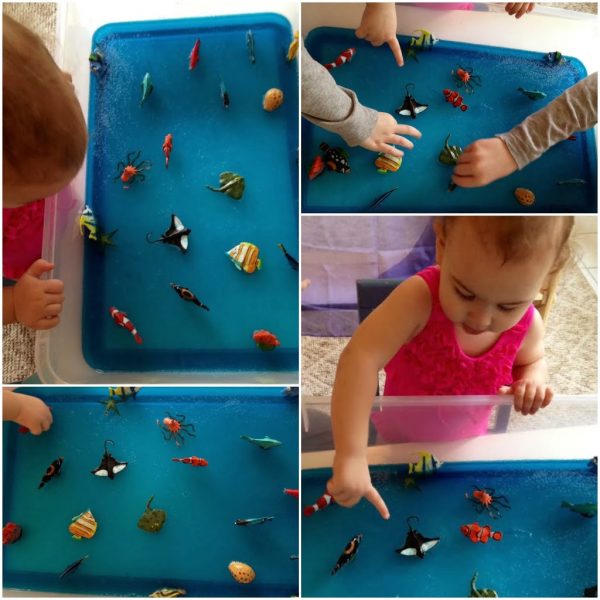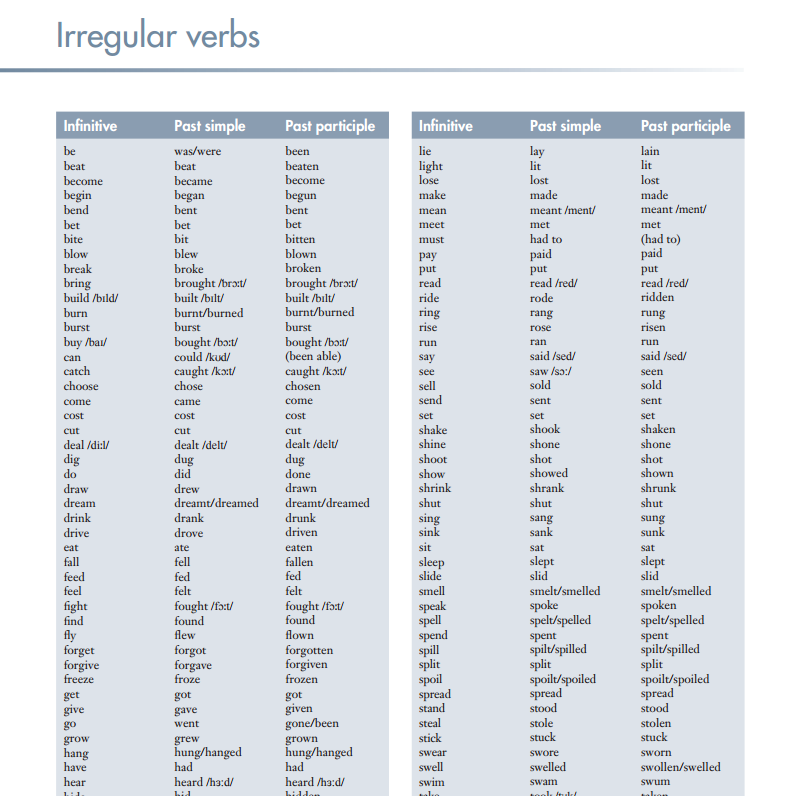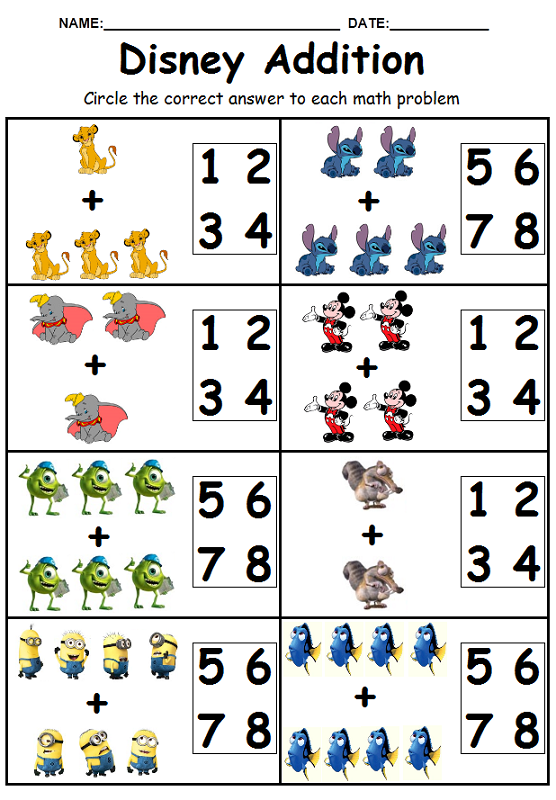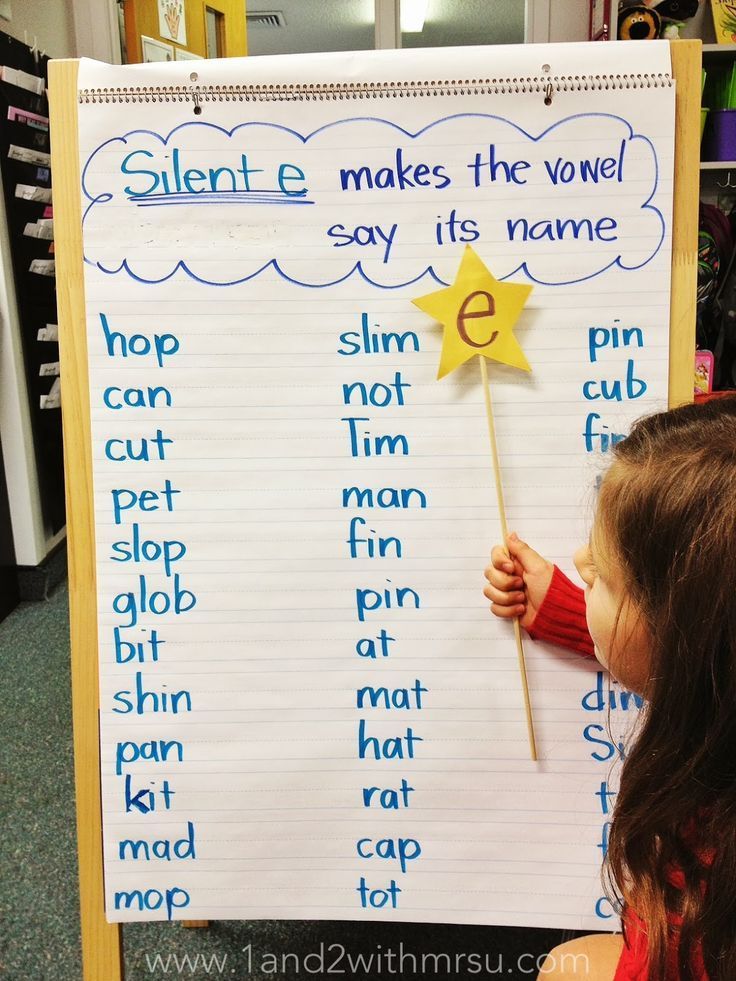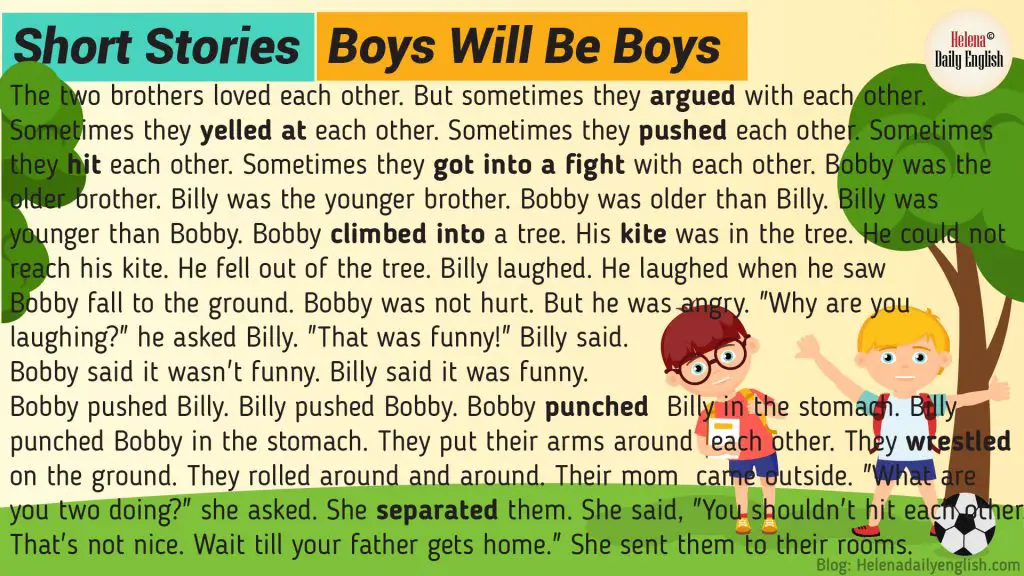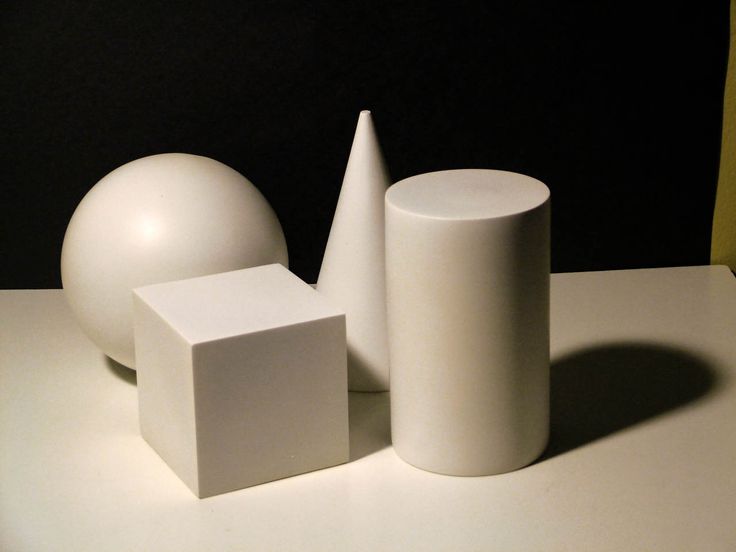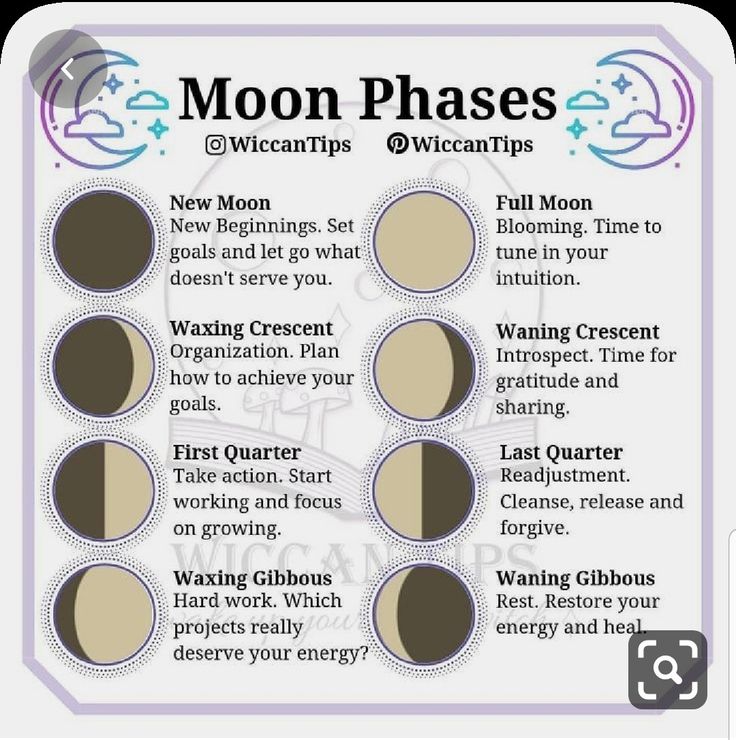Learning letters for kindergarteners
Learning Letters with Fun Activities
If your kids are learning letters, then this is the post for you! Teach the alphabet with hands-on activities that are engaging and enjoyable for young kids!
I am always creating new alphabet activities to do with my kids. From games, to activities to hands-on printables, there are so many ways to make learning letters a fun experience for your kids!
These activities are all fun, engaging and hands-on ways for kids to learn letters. And many of them require very few supplies. So let’s get started!
Learning Letters in Preschool and Kindergarten
1. Use a sand tray and these letter formation cards to help kids with letter identification, letter formation and even letter sounds.
Just use a small shallow tray and some colored sand to make a writing tray. Then pair it with the letter formation cards. The cards even include a small picture that represents the sound that each letter makes!
2. Play this Roll and Dot the Letter Game. In the two-player game version, children will roll an alphabet dice, and dot the letter on the page. The first person to dot 5 letters in a row wins! Or keep the game going and see who can get the most 5 in a rows per sheet.
3. Use these alphabet clip cards to help kids learn letter sounds while also developing fine motor skills!
4. These Beginning Sounds I Spy Mats make learning letters sounds fun and hands-on! Grab some alphabet beads and see if your kids can find all the letter sounds on the mat!
5. Print out this board game and play a fun game that teaches letter identification and letter sounds. This is one of my most popular ideas and one of my kids’ favorites!
6. These printable alphabet puzzles will make learning letters a hands-on experience. They develop critical thinking skills and fine motor skills while teaching letters and sounds!
7. Combine play dough and learning letters with these engaging alphabet mats.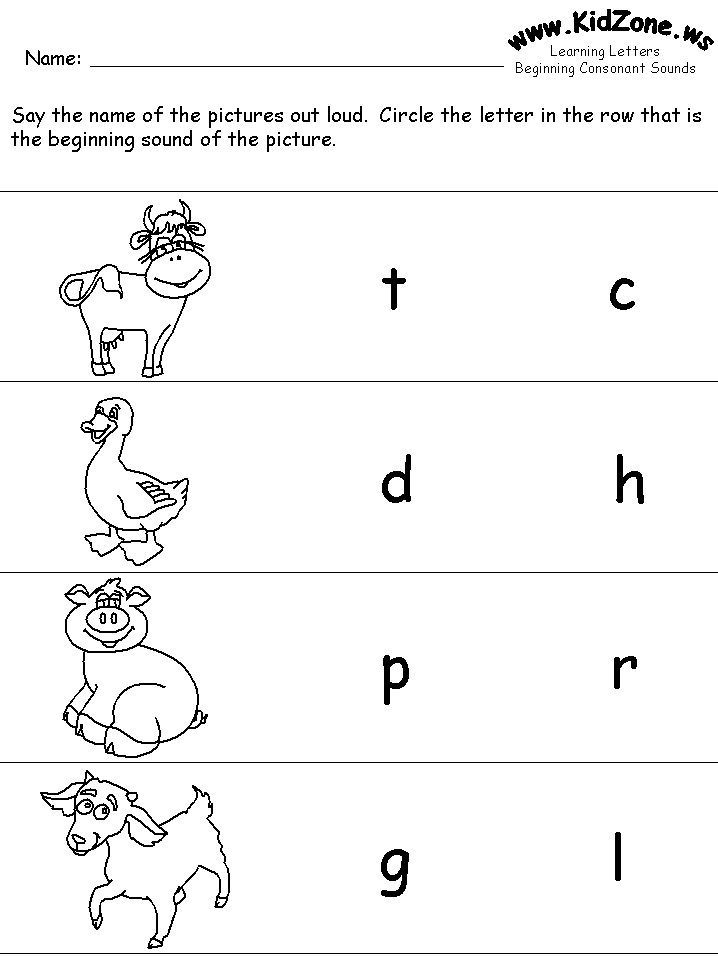 Not only will kids practice letter formation while using them, but they will also practice identifying beginning sounds in words. Slip them into write and wipe pockets and you can use dry-erase markers on them too.
Not only will kids practice letter formation while using them, but they will also practice identifying beginning sounds in words. Slip them into write and wipe pockets and you can use dry-erase markers on them too.
Get these Activities in my Alphabet Printable Pack
These activities can be found in my brand new Alphabet Printable Pack! With 370+ pages and 17 alphabet activities, this alphabet pack is going to be so helpful to you!
8. These Beginning Sounds Clip Wheels develop fine motor skills while teaching the children to identify beginning letter sounds. Each wheel includes 4 objects that correspond to the letter in the middle. Children will mark the correct pictures with clothespins.
9. Beginning Sounds Mazes are a fun way to learn letter sounds! These bright and colorful mazes are visually engaging and great for developing visual tracking skills which are also necessary for reading.
10. My kids really enjoy these Spot the Letter Mats.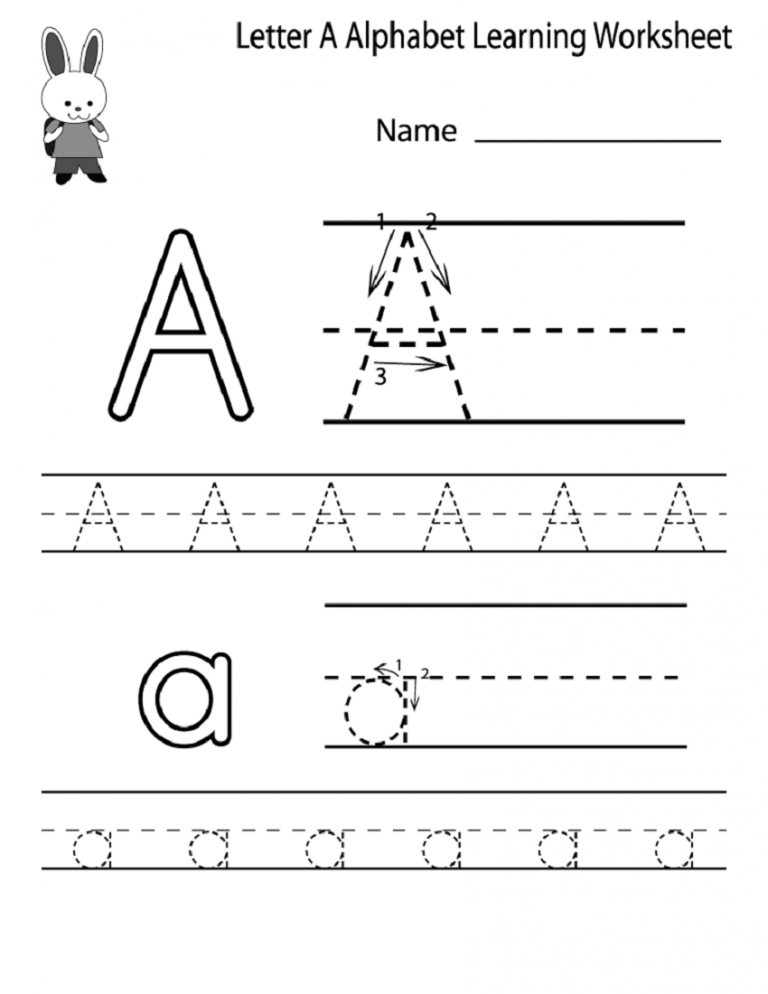 Children will search the mat for objects that start with the letter in the middle of the mat. Slip in dry-erase sleeves and mark objects with dry-erase marker. Or laminate and mark with pom poms, craft gems or other small objects.
Children will search the mat for objects that start with the letter in the middle of the mat. Slip in dry-erase sleeves and mark objects with dry-erase marker. Or laminate and mark with pom poms, craft gems or other small objects.
Buy the Alphabet Printable Pack
To read more about the Alphabet Printable Pack and all of the activities that are included, click the link below!
100+ Alphabet Activities that Kids Love
This is a list of the best preschool alphabet activities we've done! They are all fun, hands-on ways to teach the alphabet and letter sounds!
My son enjoyed all of these fun, active and hands-on letter learning activities.
Alphabet Activities for Kids
I love that there are an infinite amount of ways to teach the alphabet to preschoolers and kindergarteners.
There are alphabet games, fine motor activities like play dough mats, clip cards, crafts and so many other fun, hands-on ways to teach the alphabet.
Forget the flashcards and try some of this engaging alphabet activities instead!
Alphabet Skills
This list covers a variety of alphabet learning skills such as:
- letter identification
- letter sounds
- uppercase and lowercase matching
- beginning sounds isolation
- letter formation
We are always adding more alphabet and letter sounds printables and activities to our site, so stay tuned for even more alphabet activities that will engage your kids and make learning and teaching the alphabet fun!
You may also like this alphabet activities printable bundle.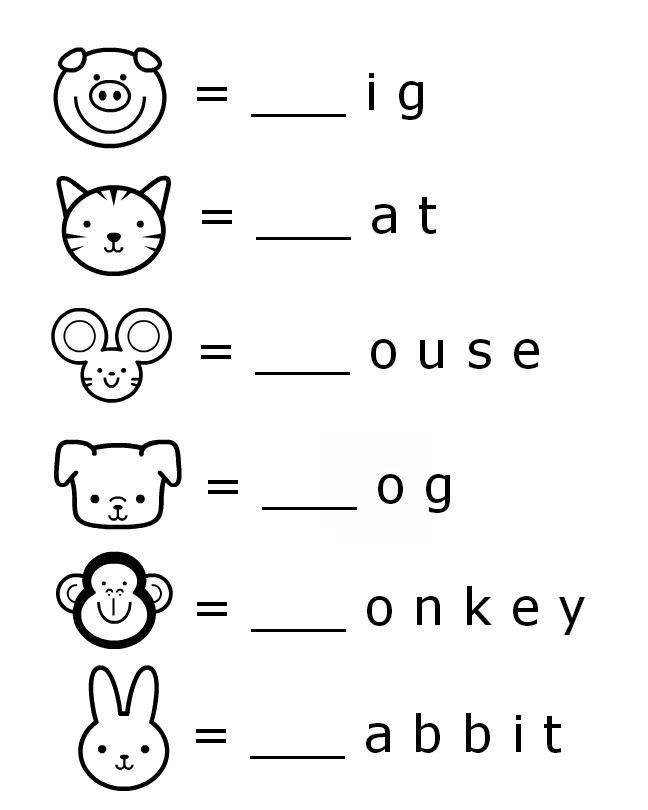 It is jam-packed with engaging ways to teach the alphabet to your students!
It is jam-packed with engaging ways to teach the alphabet to your students!
Get the Alphabet Activities Printable Bundle
These alphabet printables and activities are perfect for preschool and kindergarten students. They cover letter recognition, letter sounds, uppercase and lowercase matching, beginning sounds isolation and more!
With over 300 pages of printable alphabet activities, this printable pack is sure to keep the kids engaged!
Click the button below to head over to the purchase page.
Keep scrolling to find our big list of free alphabet and letter sounds printables!
Alphabet Activities for Kids and Preschoolers
Since I have so many preschool alphabet activities on my blog and I am going to be adding even more, I made this page to keep all the posts together and easy to access for my readers.
I will continue to add my new activities to this page, so you can always come back and find them here.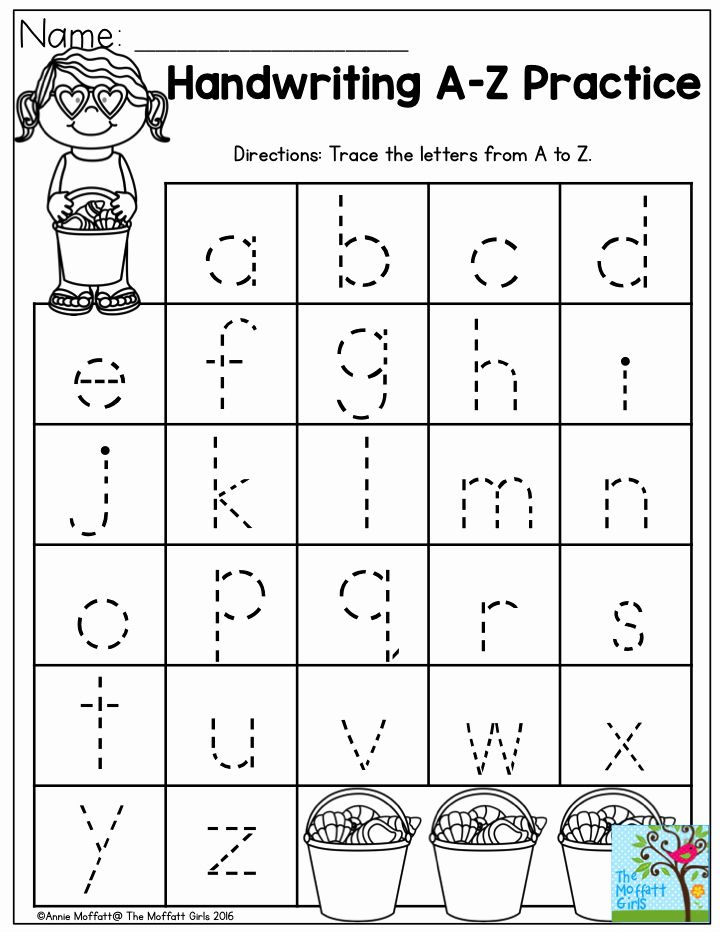
I hope this will be a huge resource for you! Make sure you pin or bookmark this page, so you can revisit as needed and see everything new that I've added.
Don't forget to check out my alphabet Pinterest board. I pin all kinds of fantastic, hands-on ideas there. I also have tons of preschool learning activities of all kinds on my activities for preschoolers board.
Even more awesome ways for kids to learn the alphabet.
Check out the alphabet activities category on Pinterest. There are thousands of activities! Or check out this Pinterest board with tons of engaging ways to teach the alphabet.
I just love this post with 50+ incredible activities for teaching the alphabet.
These 25 alphabet games and activities are so much fun!
Here's a big list of hands-on ways for kids to learn the alphabet. So many genius ways to teach the alphabet here!
Looking for alphabet printables? Check out this post to find some, along with a bunch of other hands-on activities.
Alphabet for kids Learn Letters
Description
The Russian alphabet has become free! We decided to support our users who are now unable to pay for purchases. Learn letters and learn to read with pleasure!
CosmoPanda Alphabet for Kids is an educational app for preschoolers, a fun and exciting way to learn the alphabet, letters, spell words, learn to read and get ready for school.
• Choice of voice acting for letters:
Taking into account the recommendations of speech therapists and teachers of preschool education, the CosmoPanda application has 2 voice acting modes - “like letters” and “like sounds”.
Tip: First we learn the sounds, learn to read, and then the letter pronunciation.
• Alphabetical learning order selection:
Choose whether to learn letters in alphabetical order (ABCD) or vowels first, then consonants (AOIUEY). We advise you to start learning letters with vowel sounds (and not letters).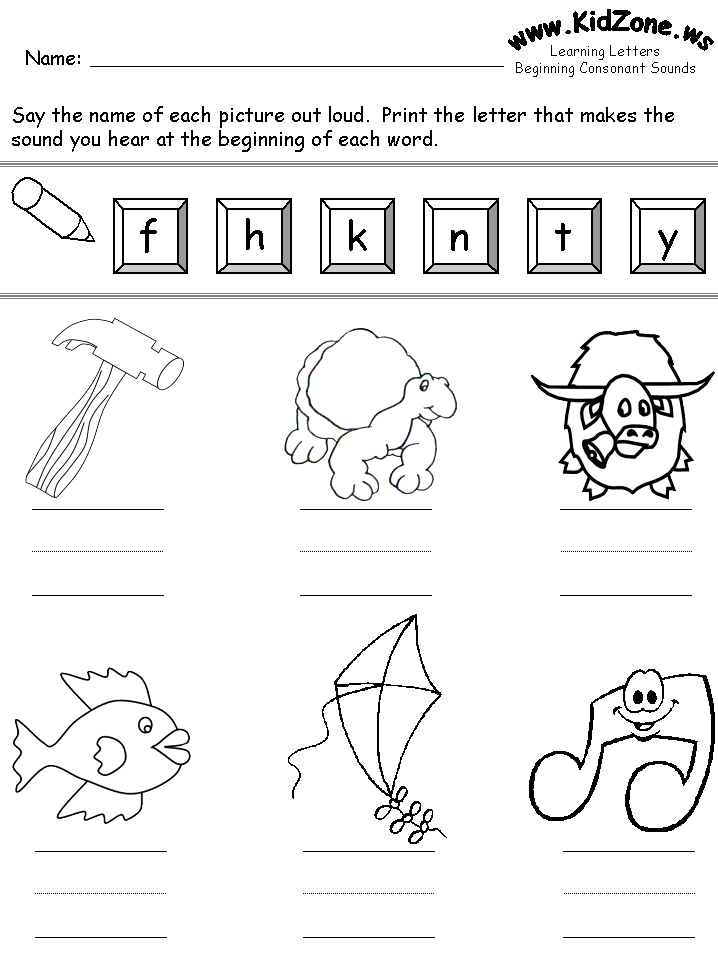 Then, having learned a few consonant letters, the child will already be able to compose simple words - Mom, Dad, House, Cat, Juice, Cancer, etc.
Then, having learned a few consonant letters, the child will already be able to compose simple words - Mom, Dad, House, Cat, Juice, Cancer, etc.
• Video cards with letters of the alphabet:
Alphabet - we show 7-8 video cards for each letter of the alphabet.
First, we show the children simpler words with the letter being studied, and then more complex words in which we learn letters that are in the middle of a word or occur several times. There are more than 300 beautiful voiced Doman video cards for children in the primer:
- the alphabet of animals (domestic and wild)
- the alphabet of birds
- the alphabet of food (fruits, vegetables
- the primer of equipment and household items
- the primer of transport and cars
- the primer of sports
- primer of professions and names of hobbies
This method of learning allows not only to learn the alphabet for children, but also to pump erudition, learn new words, learn new unusual animals, plants and equipment, and as a result, we learn letters and learn to read.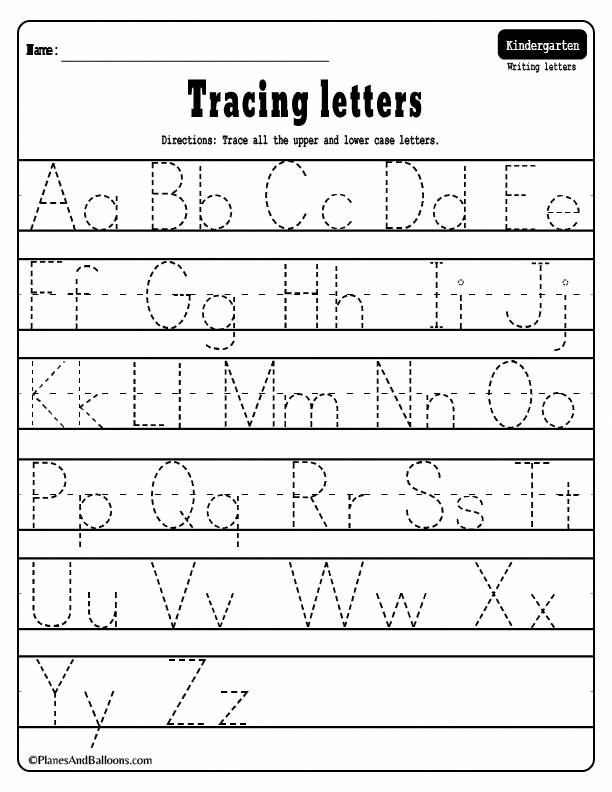
• Educational games to reinforce learned letters:
After a few videos of learning letters, children can play educational mini-games.
It can be a logic game or an interactive quiz to consolidate knowledge, during which, among other things, we learn to read.
- find the letter, move the object with the letter
- choose a picture with the letter
- insert the missing letter
• Montessori and flashcards Doman
"CosmoPanda" is suitable for teaching the Montessori method. Watching interesting videos, the child does not have to learn the letters in a certain order. We learn the letters that make up the word in the video by clicking on the white voiced cards with letters and immediately learn the whole word. The application can be used like Doman cards.
• Statistics
Monitor your baby's progress with learning statistics. Follow the progress of the child, identify which letters are easy for the baby, and which ones should be paid more attention.
Learning the alphabet for children is now easy, exciting and fun. Learning to read words with CosmoPanda.
Children's application does not contain ads. Internet connection required. The first ten letters are available for free. Access to all the letters of the alphabet and educational games is paid, with one payment - forever, without subscriptions.
Version 1.40
Made the Russian alphabet free.
Ratings and reviews
ratings: 253
Is not downloading (
Until today everything worked perfectly. What happened?
Good afternoon! Thank you for writing! There were problems with the availability of the server, we are now investigating the reasons.
Now everything is already working
Thanks for helping developers
While everything is working, the full version is fully loaded 👍🏿
Please ☺️ We are glad that everything worked for you! 🤗
Great app, kids love to learn
Thank you very much for the application
Albina, thank you for the good review! Glad you liked it ☺️
In-App Purchases
All English alphabet (US)
Full access to the English alphabet
379.00 ₽
German alphabet
Learn all letters of the German alphabet
9000 379.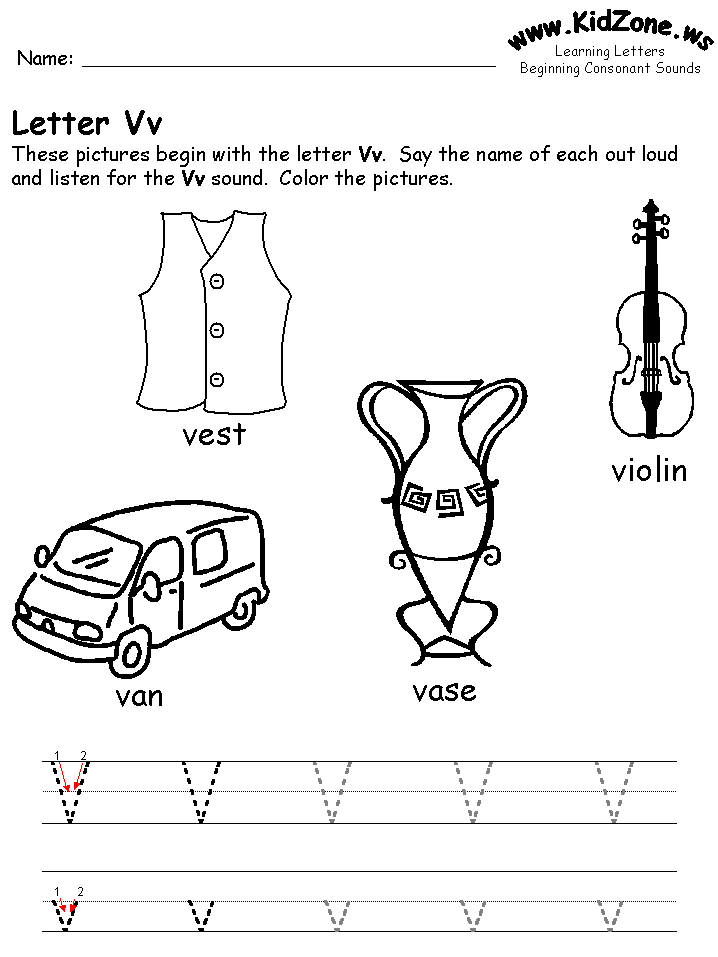 00 ₽
00 ₽ Russian alphabet
Learn all letters of the Russian alphabet
$279.00
Spanish Alphabet (Spain)
Learn all the letters of the Spanish alphabet
379.00 RUB
All English alphabet (UK)
All alphabet with British voice acting
379.00 RUB
Spanish alphabet
All letters of the alphabet (Latin America)
7005 900
Developer Viktoriya Shintekova indicated that, in accordance with the application's privacy policy, data may be processed as described below. Detailed information is available in the developer's privacy policy.
Unrelated with user data
The following data may be collected, which is not related to the user's identity:
- Usage Data
- Diagnostics
Sensitive data may be used differently depending on your age, features involved, or other factors.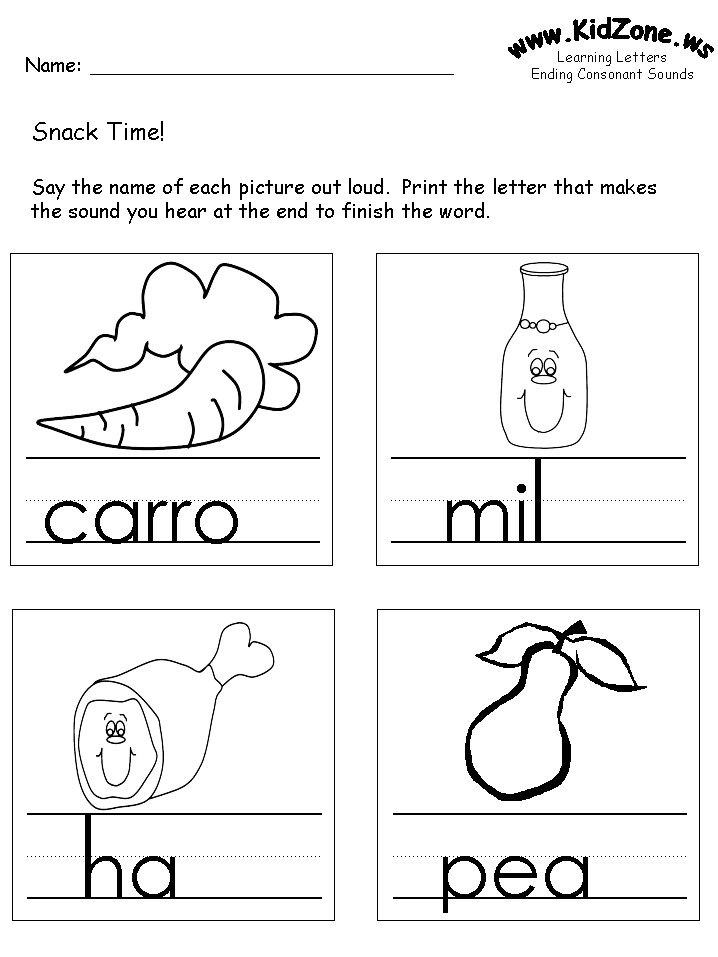 Read more
Read more
Information
- Provider
- Viktoriya Shintekova
- Size
- 78.4 MB
- Category
- Education
- Age
- 4+, for children 0-5 years old
- Copyright
- © 2020, Victoria Shintekova
- Price
- Free
- Developer site
- App support
- Privacy Policy
Supported
Other apps from this developer
You may like
Teaching children to read.
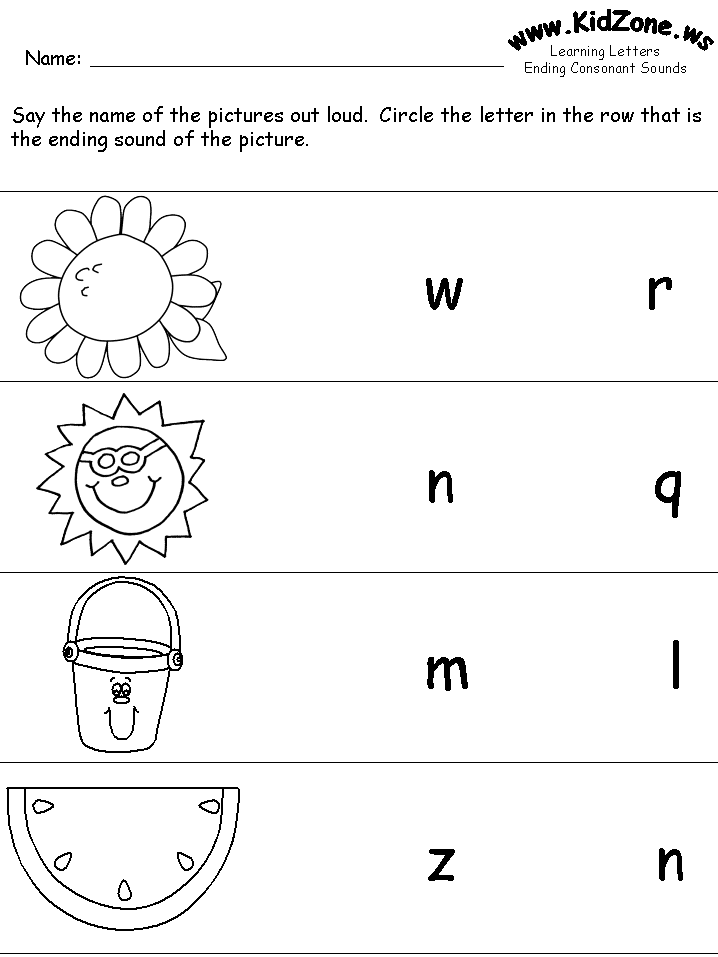 Learn letters and sounds.
Learn letters and sounds.
There are different opinions about whether or not to teach a child to read at an early age. You can often see such a picture on the street. Mom asks the baby, pointing to any letter of the sign on the house: "What is this letter?" The kid happily answers: "PE!", Or "EM!", Or "ES!". Dear adults! If this is how you call letters to children, then how will your little student read the syllable "MA"? Imagine, he will most likely get "EMA"! And he will be right: EM + A = EMA. And the word "MA-MA" in this case will be read as "EMA-EMA"!
How many times does a child need to say a letter to remember it? There is no answer to this question: everything will depend on the individual characteristics of the child, his age, the frequency of classes with him. First, the adult shows and names the letters (in primers, on special posters, in split alphabets, on the street), then the child learns to find the letter on the instructions of the adult (“Find and show the letter B in this word!”), And only after that he independently recognize and name a letter.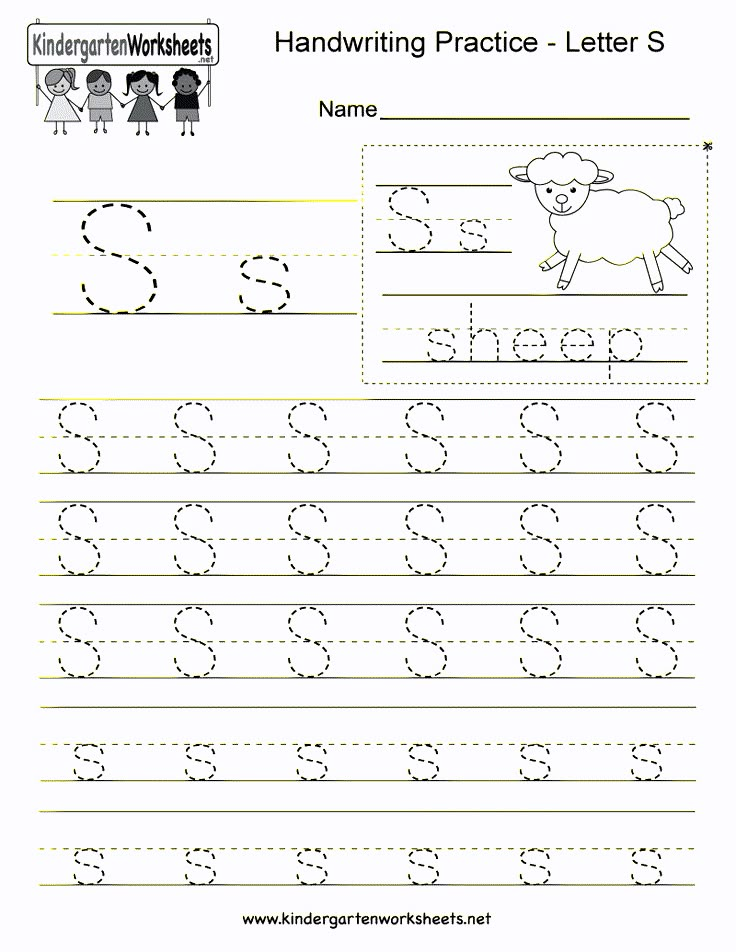 The expediency of teaching a child to write letters depends on the age and capabilities of the child. Learning to read and type at the same time is optional. If your child is still insecure about using a pencil, drawing geometric shapes and simple shapes with difficulty, typing letters will become difficult and uninteresting for him, which may also affect learning to read. You should not teach children written letters: the teacher in the first grade will do it competently and at the right time for the child!
The expediency of teaching a child to write letters depends on the age and capabilities of the child. Learning to read and type at the same time is optional. If your child is still insecure about using a pencil, drawing geometric shapes and simple shapes with difficulty, typing letters will become difficult and uninteresting for him, which may also affect learning to read. You should not teach children written letters: the teacher in the first grade will do it competently and at the right time for the child!
Of course, it is useful to memorize letters by laying them out of sticks, cubes, mosaics, buttons, peas, pebbles, modeling a letter from plasticine (from sausages / flagella) or wire, tracing and coloring three-dimensional letters, and hatching them. From all this arsenal of exercises related to the development of fine motor skills, there is sure to be one that will become exciting for your child.
Some manuals offer to rely on images when memorizing letters, compare letters with various non-alphabetic images, on the pages of such manuals you can find subject pictures in which letters are "inscribed".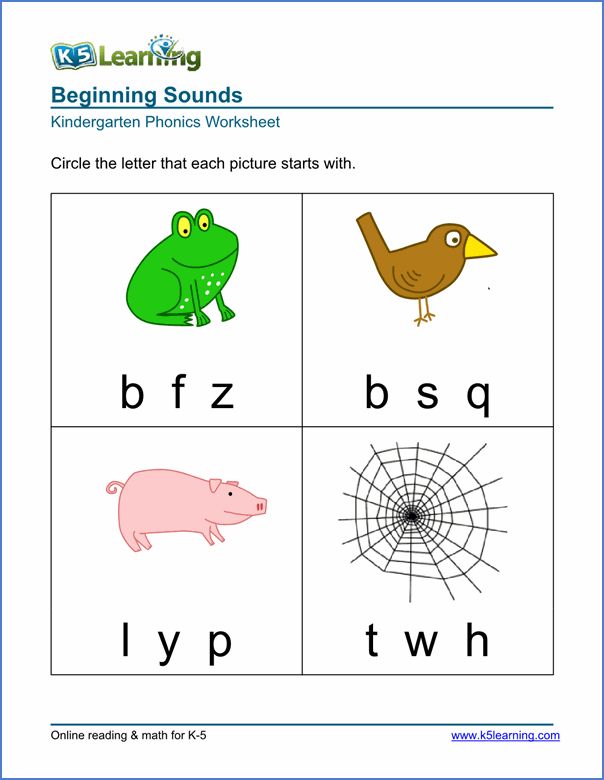
N.S. Zhukova's primer is not entertaining or entertaining, its task is to provide the child with the fastest mastery of the reading technique, which should bring joy and pleasure to children as a reward for their work. We hope that our children, having mastered reading without much difficulty, will pick up a book as an instrument of culture and a source of knowledge.
If you want to teach your child to read before he goes to school, the Primer is the best assistant in this matter. To avoid the sad consequences of illiterate learning, treat all our advice, guidelines and notes with attention and understanding.
It is necessary to form the reading skill gradually and sequentially , starting with the sound analysis of the word, and then moving on to reading syllables, words, sentences and texts.
Acquaintance with sounds - the initial stage of teaching a child to read . By the time of entering school, the child must correctly and clearly pronounce all the sounds of his native language. The kid should have an idea about vowels and consonants, distinguish between hard and soft, voiced and deaf consonants.
The kid should have an idea about vowels and consonants, distinguish between hard and soft, voiced and deaf consonants.
The next stage of learning to read is the formation of a basic skill - the ability to read syllables. It is important that the baby does not name the letters separately, but read the syllable at once, smoothly singing it like a song.
Having mastered the skill of reading open and closed syllables well, the child proceeds to reading words - first simple ones, and then more complex ones. If the child reads words well, one should proceed to reading sentences .
The child should know that a sentence can consist of one or more words, and the first word is always capitalized. A well-formed word and sentence reading skill allows you to move on to reading short texts.
TIP ONE: Start learning to read only if your child's oral language is sufficiently developed.
TWO TIP: do not memorize all the letters of the alphabet with your children at once!!!
TIP THREE: Do not call consonants with vowel sounds, such as se or re.